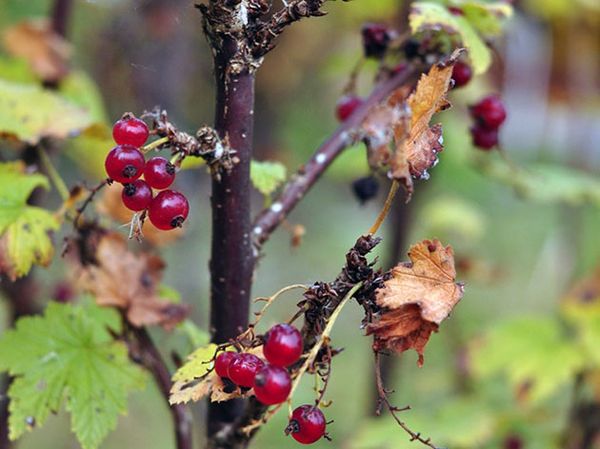In order to be with the harvest each year, the bushes need to be properly looked after not only during periods of active growing season. The foundations of the future harvest are laid in the autumn, which is why it is so important to take care of the berry plantations before they go into the winter. One of the most important elements of currant care are fertilizing and pruning.
Table of contents
Care for currants in the fall
Works are carried out in several stages.Initially, pruning is carried out, but only after most leaves have fallen.
Pruning bushes under the winter
Currant is a densely growing shrub and if it isn’t “combed” in time, it simply cannot cope with so many shoots and degenerates.
Autumn, from the second half of September to NovemberIt is considered the best time for pruning. In the spring, the currant starts growing early and it is difficult to get into that interval when there is no frost, and the sap flow has not started yet.

The most difficult is the pruning of black currants. Fruiting occurs on shoots no older than 5-6 years, and to get a good harvest you need to form a shrub so that the number of such shoots is approximately equally distributed over the years. Experienced agronomists advise to have no more than 15-18 strong branches of different ages.
Firstly cut branches:
- lying on the ground;
- old;
- broken and weak, on which there were small berries;
- those that grow inside the bush.
Then the tops of the annual growths of last year's shoots are cut in such a way as to pinch growth points and stimulate crown formation.
Pinching is done not only for beauty and yield, but also for the health of the garden. Most insects and fungal infections remain precisely at the top of the shoot, from where they enter the soil for the winter.
Shrubs older than 5 years require anti-aging pruning: 3 old branches are removed, replacing the three young.
The shoots of red and white currant fruit longer than black, so they do not need frequent rejuvenation. In addition, fruit buds are laid on annual growths, so they can not pinch. The rest of the trimming technique is the same as for the black currant.
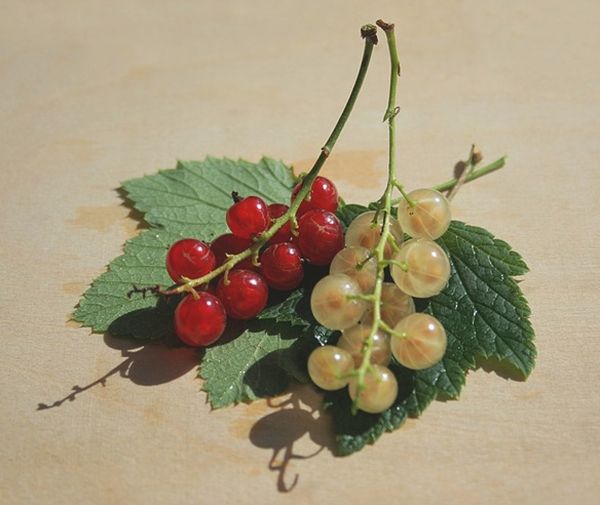
After trimming the currants start tillage and fertilization.
Fertilizer bushes after harvest
Currants, especially high-yielding varieties, for the spring-summer period pulls out from the soil a huge amount of nutrients and trace elements. To compensate for the loss and create a reserve for the next season, the land must be fertilized.
Before fertilizing the soil around the bush need weed free and if the weather is dry plenty of water. Fertilizer can only be applied to moist soil.
Fertilizing is recommended dig through (to a depth of 7-8 cm) and loosening the area around the bush. Of inorganic fertilizers are those that provide the land primarily with potassium and phosphorus.
How to feed potassium
The importance of this element is difficult to overestimate, it contributes to:
- frost resistance;
- disease resistance;
- yield.
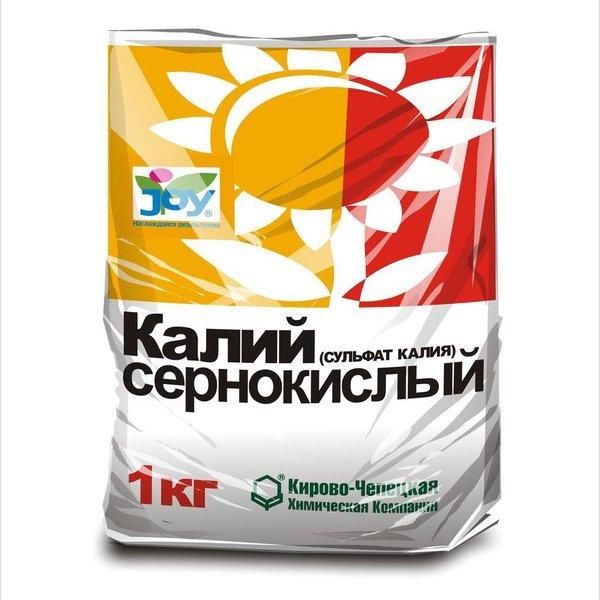
Potassium is available in two forms: chloride and sulphate. It is preferable to use sulphate, as chlorine in the soil harms plants. It is even better to use a complex potash fertilizer - potassium magnesium, which also contains magnesium.
The rate of application of potash fertilizers - about 40 g per bush, for poor sandy and sandy soils, the dose can be increased to 50 g.
Phosphorus
As phosphate fertilizers use:
- superphosphate - in the amount of 20-30 g per bush;
- double superphosphate - two times less than simple;
- phosphate rock - 40-80 g per plant.
When using phosphate rock, you need to keep in mind that it is alkalizes the soil.
Ash
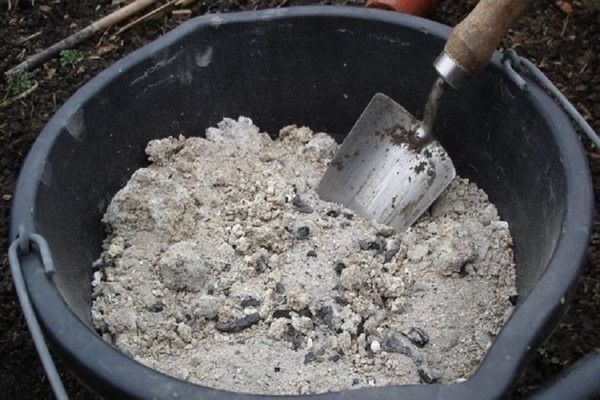
Natural inorganic fertilizer. In addition to potassium and phosphorus contains other valuable components - magnesium, silicon, calcium and sodium. Ash is brought under digging or deep loosening in the amount of 200 to 300 g / m²for clay soils, consumption increases up to 800 g / m².
If you feed the berries in the fall, you can not forget about organic. Humus and compost are laid in the soil as late as possible - already in the fall. Their decomposition occurs within a few months, and the substances the plants need will begin to act in time for the spring awakening.
Fertilizing with humus
Absolutely all plants love this organic matter, currants are no exception. Provides the supply of useful trace elements - molybdenum, cobalt, copper, boron and manganese.
It is recommended to feed for digging, if possible in three doses, in total 12-14 kg per bush:
- in October;
- In November;
- December thaw.
In December, no longer digging, and mulch peat.
Bird droppings
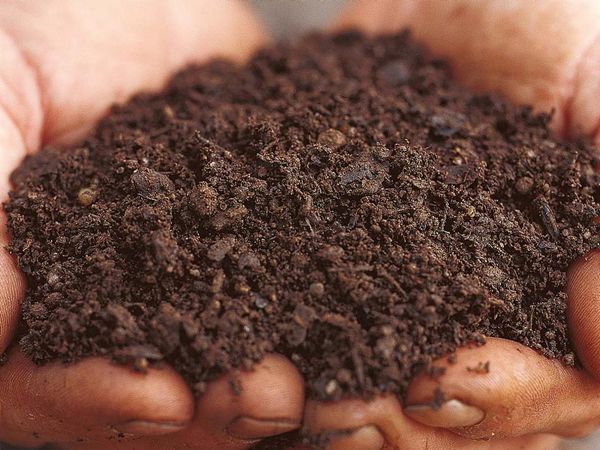
It has a lot of magnesium, phosphorus, potassium, iron, nitrogen. Contains bacteriophages, disinfecting various types of pathogenic pathogens.
Due to its high nitrogen concentration can not be made pure. It is best to mix with compost or peat in the norm before fertilizing. 0.5 kg / m².
Compost
It can be prepared independently from vegetable, food and other organic wastes or you can buy it in bags. Rich in potassium, nitrogen, phosphorus.
Increases the activity of soil bacteria, their enzymatic activity. Effectively improves the fertility of all lands. Dose of introduction - 4 kg / m².
Peat
Usually used for mulching. For feeding - only with other organics. Especially prized peat, which actively contributes to the formation of humus.
Siderata
Enrich the soil and improve its structure. Usually they are planted in the spring, the green “hair” which has grown over the summer is cut off and embedded in the ground in the fall.
If for some reason the spring planting did not take place, then in early autumn you can catch up. Suitable for winter planting wheat, oats, rye or white mustard. They quickly form a green veil that will protect the roots from freezing, and with the onset of spring they are buried in the ground.
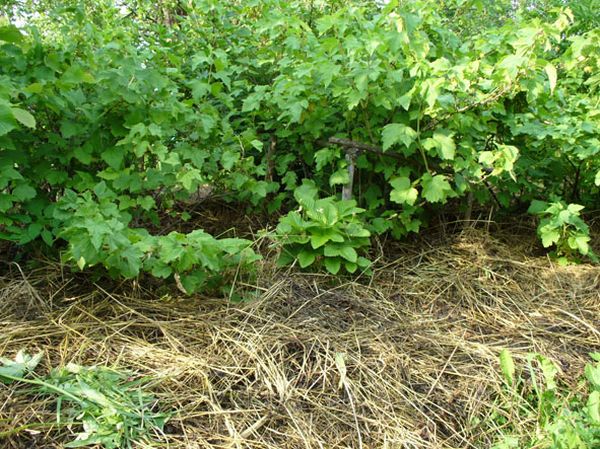
Fertilization frequency determined by soil fertility:
- rich loam type lands need feeding 1 time in 3 years;
- poor sandy and sandy - annually;
- peat, marsh - 1 time in 4 years.
If the planting hole under the currant was well filled, then the first feeding will need a bush not earlier than 3 years after landing.
In order to reliably prepare the currants for winter, only trimming and dressing may not be enough. In regions with severe winters, the bushes bend down so that they do not freeze.
Bending down the branches for the winter
Currant is considered a frost-resistant shrub. It tolerates lower temperatures. to -30 degrees without additional shelters. With proper preparation, she is not afraid of frosts, even to -50 degrees, therefore, weatherization of plants is carried out taking into account local climatic conditions and properties of a particular variety.
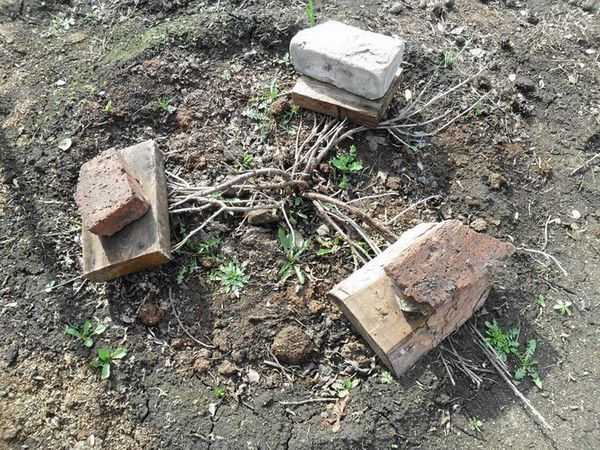
The snow itself is a good insulator, so that it reliably covers the currant branches, they are bent down. Best to do it at the end of Octoberwhen the material is still not so brittle.
The branches are tied in bunches and evenly distributed on the ground around the bush, pressed with something heavy. Fallen snow will cover the bush completely, and this will allow it to safely winter at temperatures to -35 degrees.
Do not bend down the bushes, while the leaves are left on them, as this will contribute to the development of fungal diseases.
In areas with frosty winters, snow is not enough. Pressed bush cover lutrasil or agrofibre, if desired, you can add mineral wool. Such a shelter will help to survive the cold to -50 degrees.
The air must flow unhindered to the branches in the winter just as in the summer. The use of polyethylene and other airtight materials as a winter shelter leads to the death of the plant.
If the branches have lost their flexibility and do not fall horizontally, then it can be done differently.In the middle of the bush is clogged stake or rod, shoots are tied around it and wrapped with agrofibre. Efficiency is less than the first method, but better than nothing.
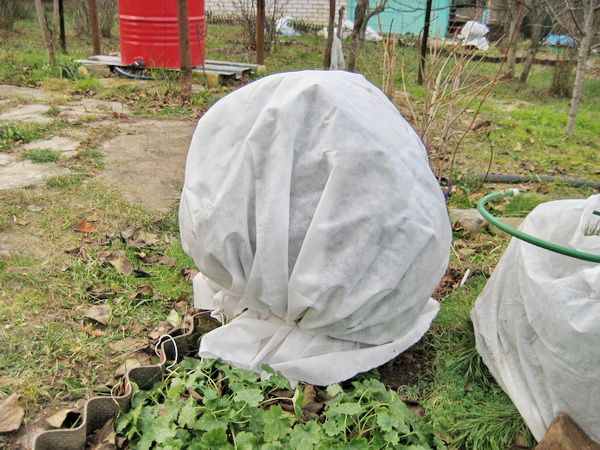
Useful tips
Trimming, fertilizing and warming are a mandatory program. Additionally, depending on how dry or, conversely, it was a rainy year, it may take:
- deep watering;
- soil filling.
If the berries have suffered from pests or diseases, it is recommended to spray the bushes and the ground beneath them in the fall. copper sulphate or Bordeaux mixture or perform a transplant.
Properly selected set of autumn work increases the yield and prolongs plant life.
